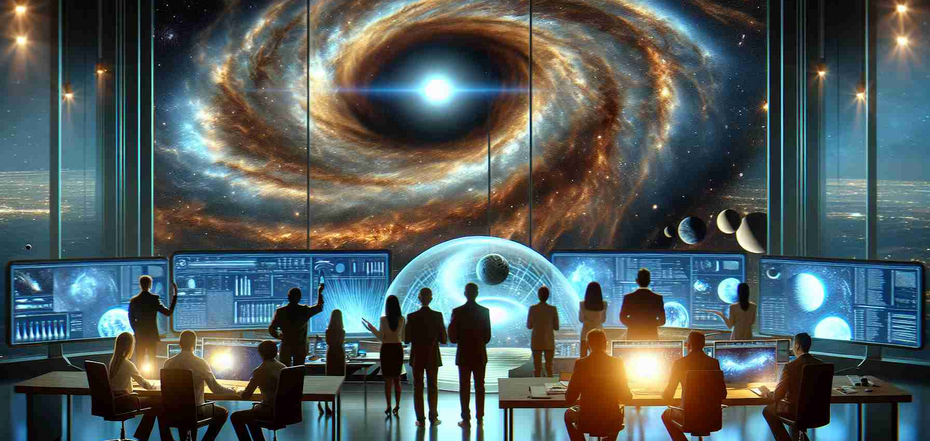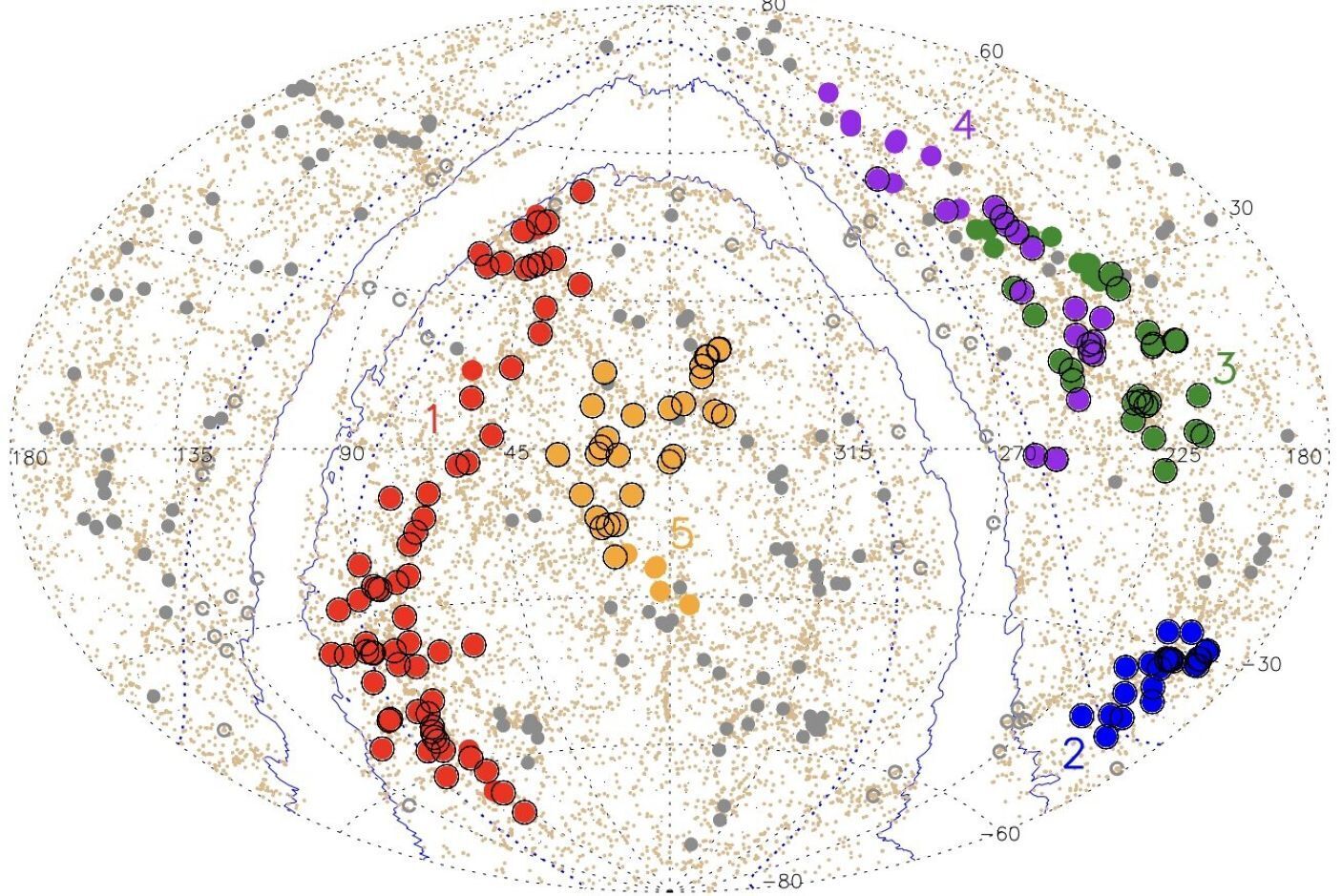News
Astronomers have spotted the most famous structure in the universe: how this discovery could change our understanding of space
Astronomers have discovered the largest structure in the universe called Quipu, containing an impressive 200 quadrillion solar masses. According to scientists, this discovery could change the way we understand space.
Located between 425 million and 815 million light-years away, the identified superstructures - including Quipu - make up a significant portion of the observable Universe. Together with four other colossal formations - Shapley, Serpens-Corona Borealis, Hercules, and Sculptor-Pegasus - these giants make up 45% of galaxy clusters and 25% of the tangible matter in the universe, TechExplorist writes.
According to the scientists, the discovery arose from a comprehensive map of celestial objects at different redshifts, indicating their distance from Earth.
The astronomers used X-ray clusters of galaxies from the Cosmic Large-Scale Structure in X-rays (CLASSIX). These clusters contain thousands of galaxies and emit X-rays due to hot intracluster gas.
Supernovae such as Quipu leave an imprint on the Cosmic Microwave Background (CMB), the relic radiation of the Big Bang, with key evidence to prove it.
As the CMB passes through these supernovae, their gravity alters it, causing oscillations known as the integrated Sachs-Wolfe (ISW) effect, experts say. These oscillations are difficult to filter out and interfere with understanding the CMB and the Big Bang, Scimag.news writes.
In its appearance, the Quipu resembles a complex Incan counting system, which consists of a main element supported by several lateral ones, forming a complex canvas of galaxy clusters, the researchers describe.
And this colossal network far surpasses previous records, such as the Laniakea Supercluster, which emphasizes the complexity and grandeur of our Universe.
Only verified information is available on OBOZ.UA Telegram channel and Viber. Do not fall for fakes!




























